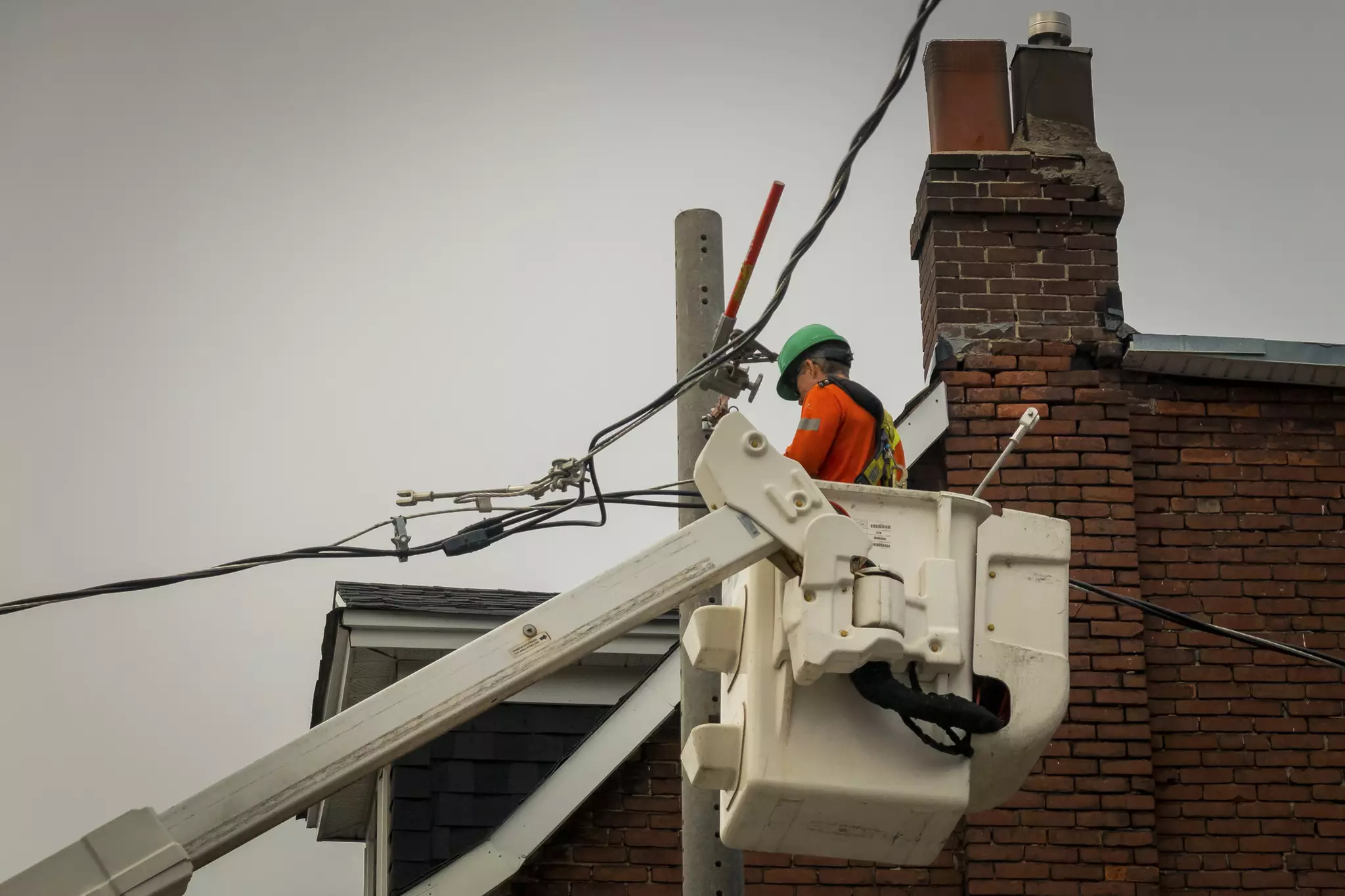Canada has a large portion of the adult population with college degrees, almost 30%. But in reality, all of this means that there is a myriad of opportunities in industries and positions that don’t require formal education, from trades to semi-skilled jobs.
The National Occupation Classification System
Canadian immigration uses the National Occupational Classification (NOC) system to classify the thousands of different occupations for their different immigration programs. The occupations are divided into four categories according to the type of training required for the jobs in each category:
| National Occupations Category | |
|---|---|
| Category | Occupation |
| A | managerial and professional jobs that require a minimum of three years of formal training, ie a university degree |
| B | skilled occupations that require formal training ie trades workers |
| C | occupations that require a high school diploma, on the job training, and some form of certification ie truck drivers |
| D | occupations that require a high school diploma and on the job training ie general workers |
Immigration Options
The Express Entry system has a dedicated immigration stream for all occupations that fall under category B of the NOC; the skilled trades program. For this program, you must be a certified agent and have at least two years of experience in your profession. With the help of a regulated immigration consultant, you could be a permanent resident of Canada in as little as 6 months through this program.
Atlantic Immigration Pilot
If your occupation falls under category B or C of the NOC, the provinces of Prince Edward Island, Newfoundland and Labrador, New Brunswick, and Nova Scotia wish it. These four Atlantic provinces complement their workforce in all sectors and the semi-skilled worker program creates the possibility for foreigners with job vacancies listed in categories B and C of the NOC to apply for permanent residence. in Canada.
Rural and Northern Immigration Pilot
As part of this immigration pilot project, your CNP means nothing. All you need to do is get a job in one of the participating communities and that community will motivate your application for permanent residence with the Canadian government.










No comments yet.